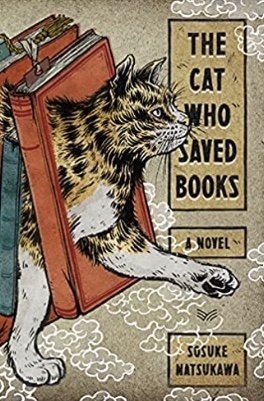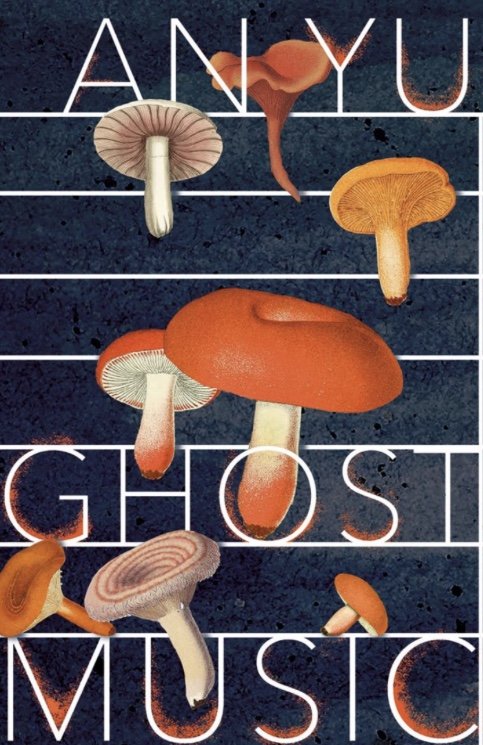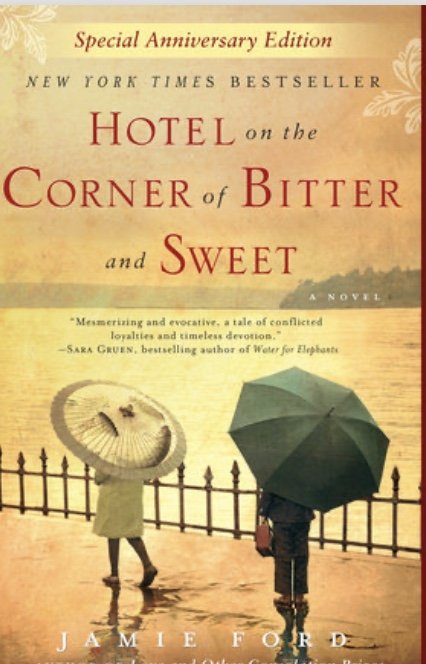On the Front Line : The Collected Journalism of Marie Colvin by Marie Colvin (Harper)
I really respect and admire people who are totally dedicated to their work, especially those people who often make sacrifices of their own to help the more unfortunate. I believe that being a war correspondent is one of the most dangerous jobs in the world. Journalists put their lives at risk to bring news of atrocities committed around the world. I am referring to the journalists who make an effort to go into the heart of a conflict, refusing to sit back in their comfortable hotels to report their stories secondhand from refugees, soldiers, and international aid workers. Marie Colvin was one of those people.
Marie Colvin was an American who had been a war correspondent for the Sunday Times since 1986 when she covered the U.S. bombing of Tripoli in Libya. Since then, she reported on conflicts around the world. She covered the Iran-Iraq War, she stayed in Baghdad throughout the bombing during the first Persian Gulf War. She was also the first journalist to enter Kosovo from Albania with the Kosovo Liberation Army after the bombing by NATO planes.
She lost the sight of her left eye covering the conflict in Sri Lanka but that didn’t stop her from going back to other conflict zones after her recovery. She went back to the Middle East to report on the continuing problems facing Israeli-Arab relations, the departure of U.S. forces from Iraq and the resurgence of Al-Qaeda, on Afghanistan and the return of the Taliban fighting against Hamid Karzai’s government. She also sent dispatches from Iran, Egypt, and Libya, until she was killed in February of 2012 while covering the uprising in Syria.
On the Front Line is a collection of her reports in the various conflicts she has covered. Several of the articles focus on the Middle East—the Iran-Iraq War, The Gulf War, Soviet Jews escaping persecution and finding refuge in Israel’s Occupied West Bank. She interviewed Yassir Arafat, the leader of the Palestinian Liberation Organization, and was one of the three remaining journalists in Dili, in East Timor where the United Nations were planning to pull out leaving hundreds of East Timorese to fend for themselves against the Indonesian army and militias. However, thanks to her reporting, the U.N. reversed their decision to pull out. Colvin said, “I embarrassed the decision-makers and that felt good because it saved lives.”
Colvin’s long experience taught her that most governments lie or distort the truth to cover up what they are really doing and the only way for the world to know was for her to go in and report what she saw. The Sri Lankan government was a case in point. The northeast part of the island was controlled by the Liberation Tigers of Tamil Eelam (L.T.T.E.), a militant organization that fought to create an independent Tamil state because of the discrimination and violent persecution of them by the majority Sinhalese who dominated the Sri Lankan government.
The ban against journalists going to the Tamil-held areas meant they could not speak with any of the leaders of the L.T.T.E. “even though the government was involved in negotiations with them through a Norwegian envoy to begin peace talks. The only news of the problems with those negotiations came from the government.”
The ban also meant that reporters had no first-hand accounts of the nearly half-million civilians living there, more than half of them being refugees. The people “were suffering under an economic embargo that the government denied existed.” Colvin was the first foreign journalist to enter the Tamil-controlled area of Sri Lanka. After she filed her story and tried to make her way back to the government-held area, she was shot in the eye, thus causing the eyepatch that became her famous trademark.
I am fascinated and repulsed by crimes against humanity. After Colvin’s narrow escape from Sri Lanka, she was often asked if the risk was worth it. Some people called her brave while others said she must be stupid. Colvin responded to her critics and supporters alike, saying, “there’s no way to cover war properly without risk”. She didn’t care about what kinds of planes were flown, what types of tanks were used or the size of the artillery being rained down. What she wass most concerned about was “the experience of those most directly affected by the war, those asked to fight and those who are just trying to survive.”
It amazes me as to how barbaric people can become. Colvin’s articles do not whitewash any of the facts —random killings, looting, rape, violence, torture, friendly neighbors turning on each other because they are of the wrong party or race. It appears it will take the world another millennia or more before all people realize that in war, it is the average citizen, young and old alike, who suffer the most. What the world truly needs are more people like Marie Colvin to continue writing the truth about the atrocities of war. ~Ernie Hoyt





















